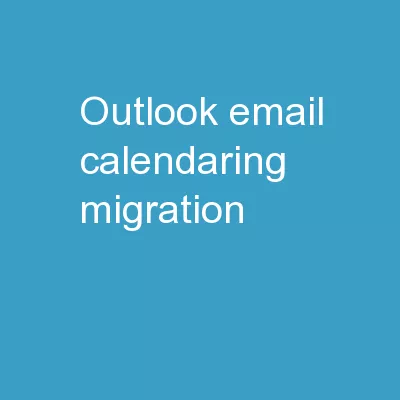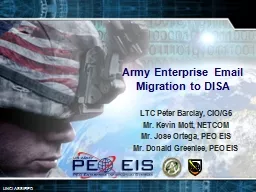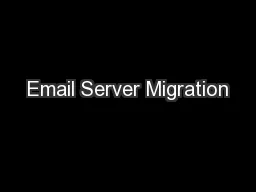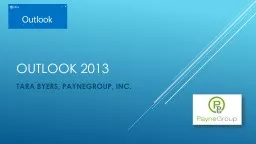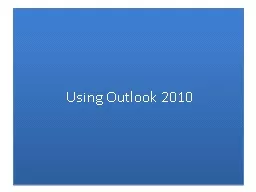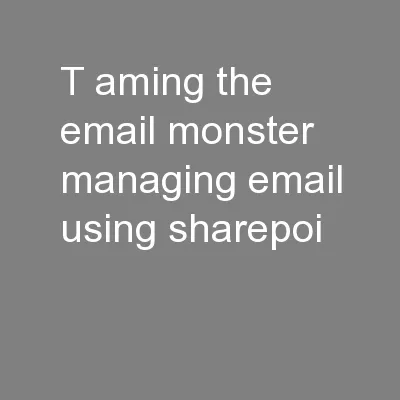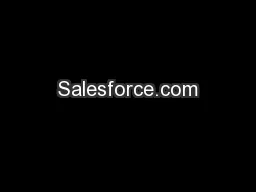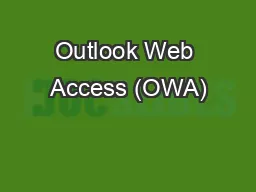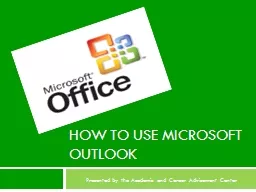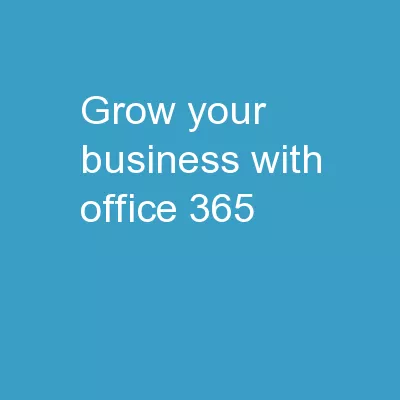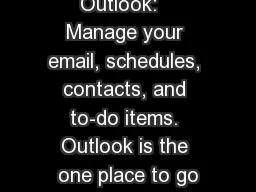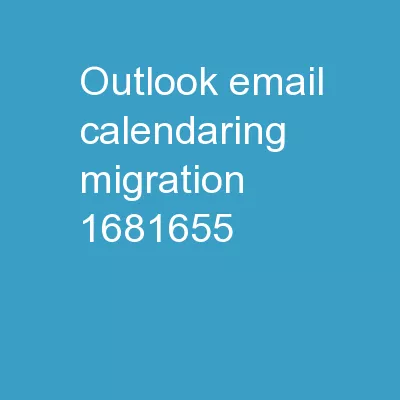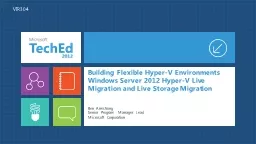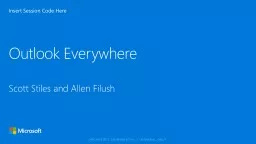PPT-Outlook Email/Calendaring Migration
Author : yoshiko-marsland | Published Date : 2018-11-21
1 What May Not Migrate Outlook FiltersRules Color Coding Flags Categories Meeting Ownership NOTE Capture Email amp Calendar Settings The following slides guide
Presentation Embed Code
Download Presentation
Download Presentation The PPT/PDF document "Outlook Email/Calendaring Migration" is the property of its rightful owner. Permission is granted to download and print the materials on this website for personal, non-commercial use only, and to display it on your personal computer provided you do not modify the materials and that you retain all copyright notices contained in the materials. By downloading content from our website, you accept the terms of this agreement.
Outlook Email/Calendaring Migration: Transcript
Download Rules Of Document
"Outlook Email/Calendaring Migration"The content belongs to its owner. You may download and print it for personal use, without modification, and keep all copyright notices. By downloading, you agree to these terms.
Related Documents

